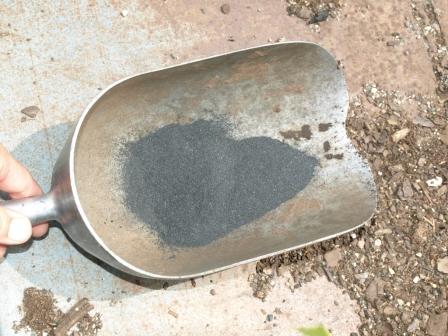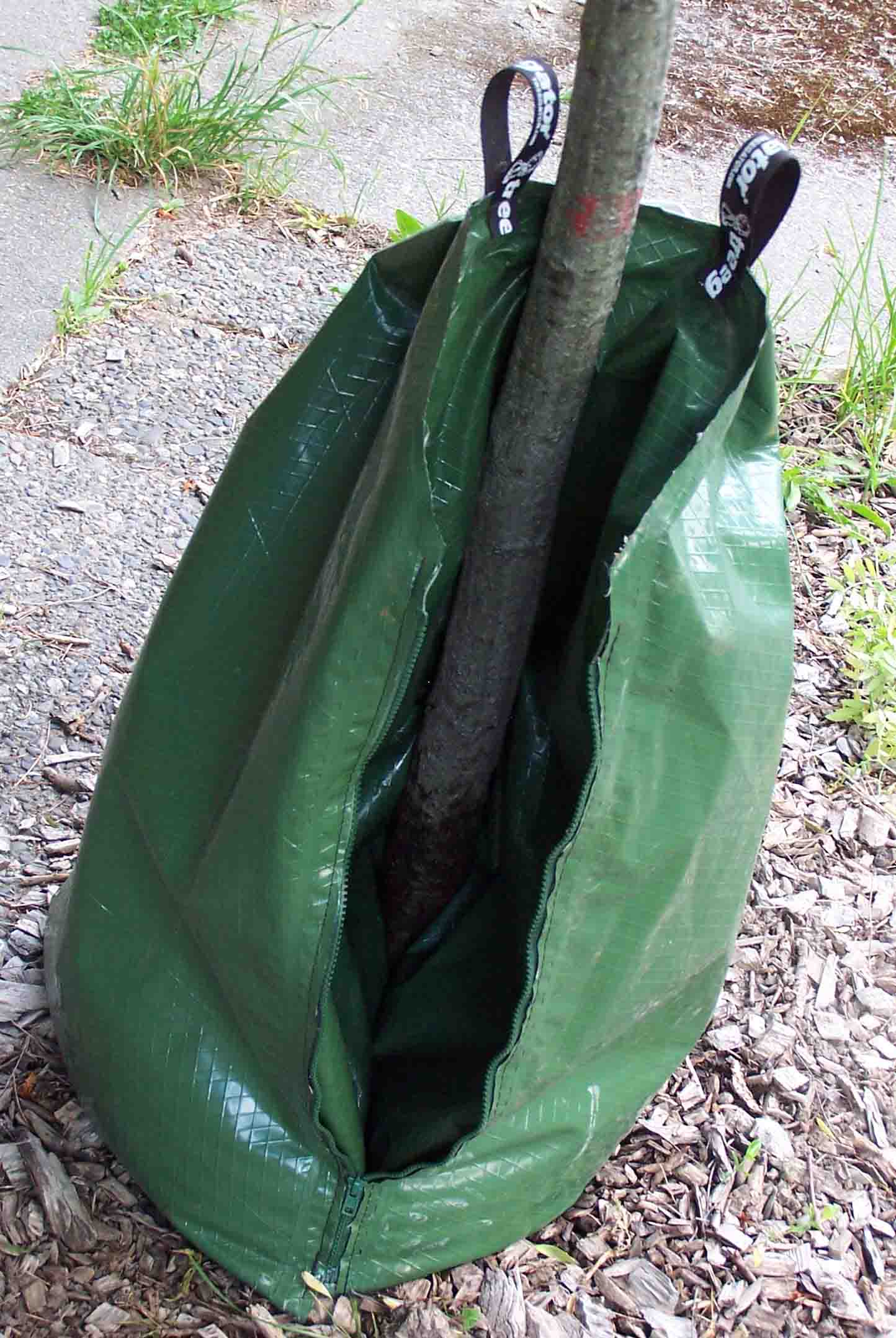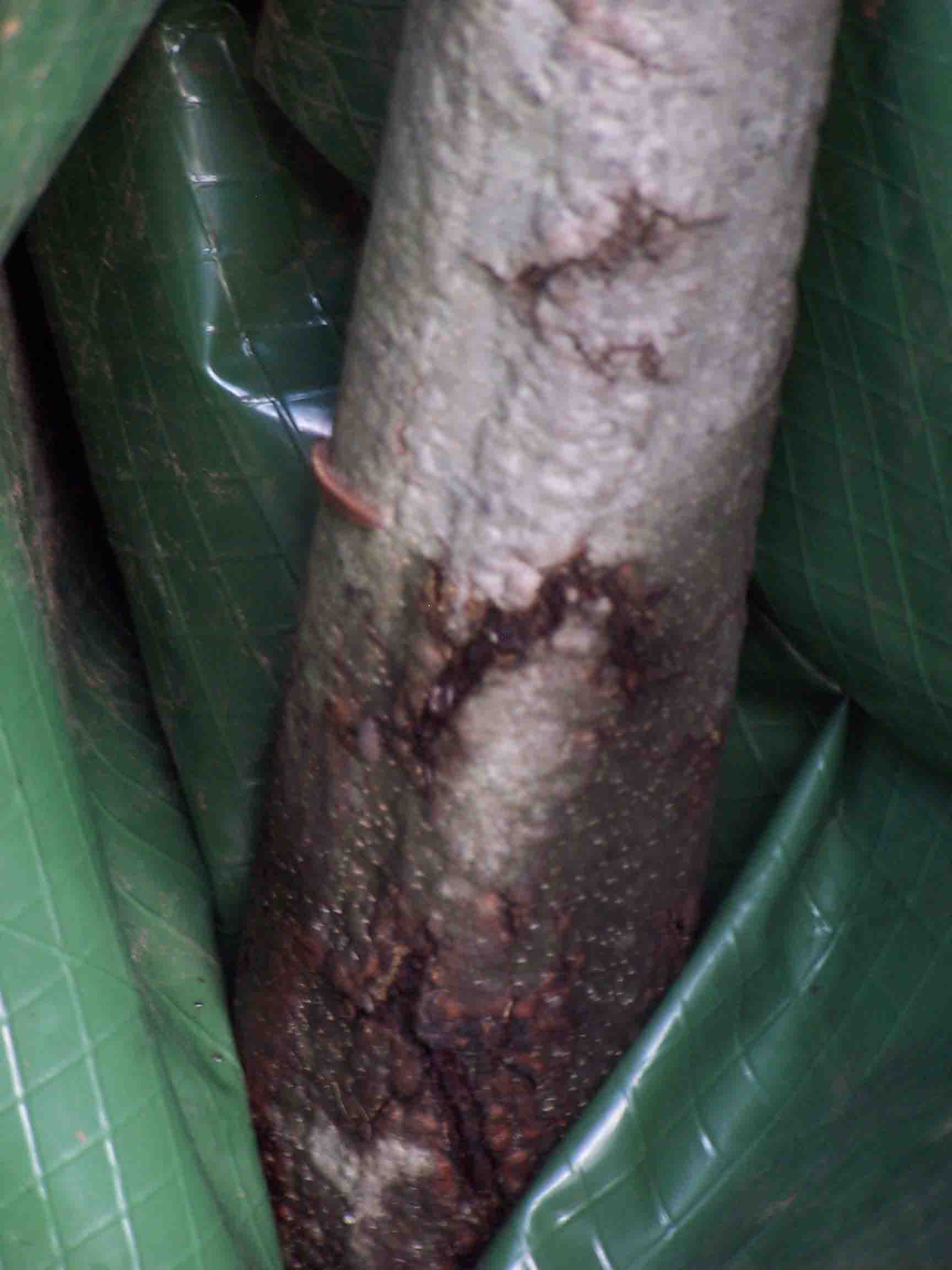

Part of the problem with being a professor is that companies assume that I have a bottomless supply of funds to test their products and that it is, in fact, my duty to do so. And of course they assume that this testing will ultimately find their product useful.
The truth is that I do love to test things, but I don’t have the funds to do the comprehensive tests that these companies usually want, at least not without them helping out at least a little – and most of them don’t want to spend money on tests! But many times, even if I tell them on the phone that I’m not likely to test what they’re selling they’ll send along a sample anyway, hoping that I’ll be curious enough to give the stuff a shot. And I usually let them because, well, why not?
Anyway, that brings me to this pile of ash that is currently sitting on my floor. A guy from a company (which I will decline to name) called me on the phone and convinced me to accept about 25 pounds of rice hulls that had been burned to ash while being used to fuel something or another (I can’t remember what and there was no note in the box). This ash is supposedly the cat’s meow for helping the media in containers to retain water and this guy wants me to test it. I told this guy that I was unlikely to have time for it, but he was insistent. I guess he thought that if the stuff sat on my floor long enough eventually I’d get curious, open the box, and try it out.
Turns out he was right.
So I get this box full of ash, open it up and am immediately hit in the face with black dust which I wisely (and accidentally) inhale. Lovely. Then I take out the MSDS sheet (Material Safety Data Sheet – required for most chemicals) and read about the problems with this product. It turns out this stuff contains crystalline silica (no surprise there, rice hulls are full on silicon), which can cause a rapid onset of silicoses as well as being a cancer hazard (crystalline silica is a known carcinogen if it’s inhaled).
Now I don’t want to blow the danger of this stuff out of proportion. I have little doubt that my exposure to it wasn’t enough to do anything terrible to me (just as I’m pretty sure that the two packs of cigarettes or so that I smoked during college aren’t going to eventually lead to lung cancer). And I’m all in favor of using industrial byproducts for other purposes whenever possible. But my goodness, this stuff is ash! It just flies into the air! I just can’t see how, even with the recommended protection, nursery workers could avoid inhaling this stuff on a daily basis if they were using it to pot up plants (perlite is pretty bad – but this stuff is worse) — which just seems like a heck of a bad idea. In terms of the ability of this stuff to hold water….well, I put some into a plastic container with some water which the ash absorbed none of. All that said, it might be possible that this stuff helps container media to hold more water, but for an unintended reason. This ash is extremely fine. When we mixed it with container media it quickly found its way into all of the pore spaces between the media particles making the media more like clay than media. This did potentially increase the media’s ability to retain water, but decreased its ability to hold air – which is not a good thing for young roots. So the quick and easy summary is that rice hull ash is not the best idea for containers.






